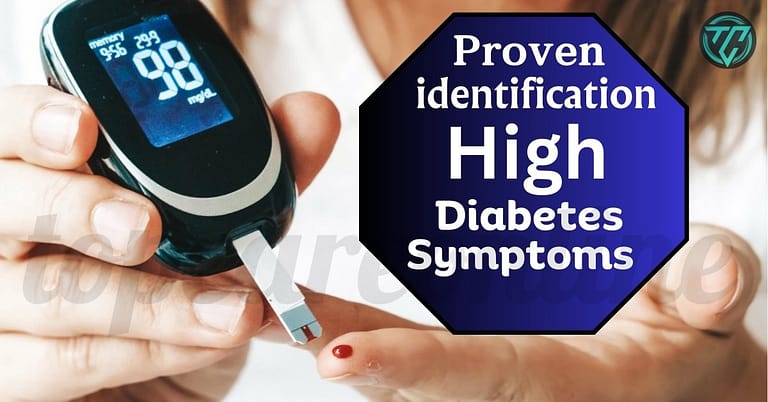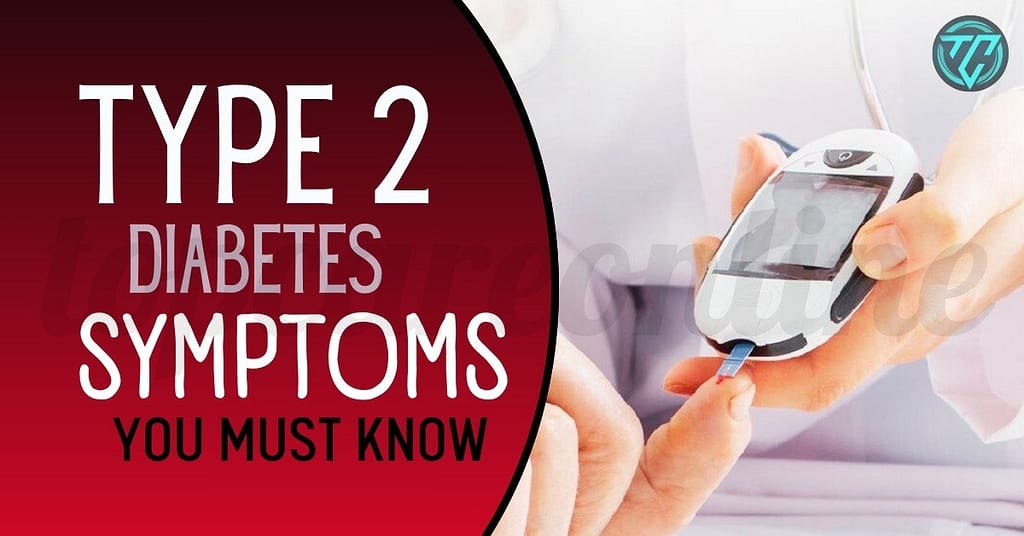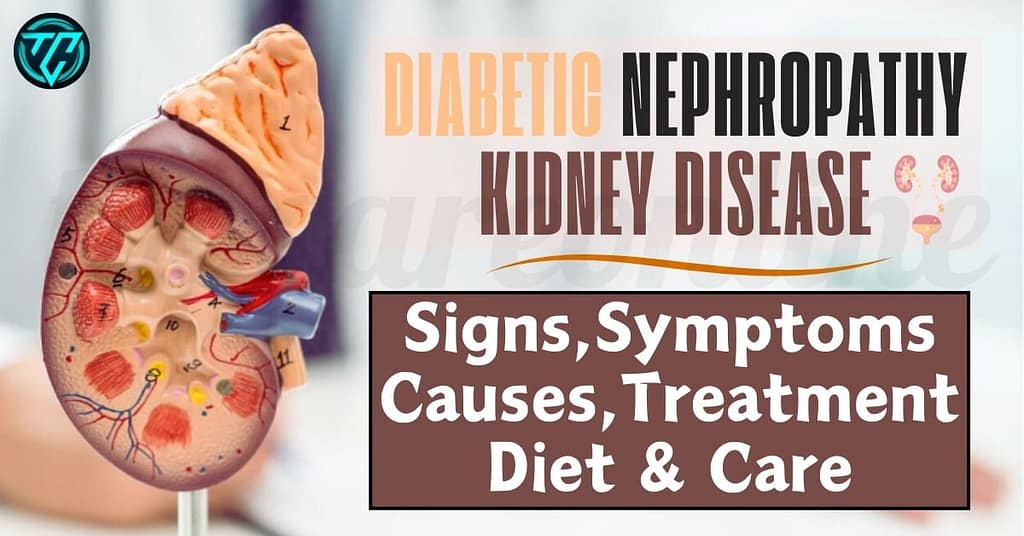High Diabetes Symptoms | Common | Lesser-Known
What are the telltale signs of high diabetes symptoms, and how can you spot them before it’s too late?
If you’re curious about your health or concerned about managing diabetes, understanding these symptoms is crucial. Many people overlook or dismiss the subtle indicators of high blood sugar, which can lead to serious complications if left untreated.
In this post, we’ll dive into the key diabetes symptoms you should be aware of, from common signs like excessive thirst to more hidden symptoms that may surprise you. Keep reading to learn how to take control of your health and catch the early warning signs before they escalate.
What are High Diabetes Symptoms
Proven identification High Diabetes Symptoms is essential to know. High diabetes, medically referred to as hyperglycaemia, is a condition characterized by elevated levels of glucose in the blood. Recognizing High Diabetes Symptoms early is crucial for effective management and prevention of severe complications.
Type 1 diabetes is an autoimmune disorder where the body’s immune system attacks insulin-producing cells in the pancreas, leading to little or no insulin production. This type typically manifests in childhood or adolescence.
On the other hand, Type 2 diabetes is more common in adults and is primarily associated with insulin resistance, where the body’s cells do not respond effectively to insulin. Both types of diabetes can lead to hyperglycaemia, but the High Diabetes Symptoms might present differently based on the type and the individual.
Untreated high diabetes can lead to significant health complications. Cardiovascular disease is a major risk, as high blood sugar levels can damage blood vessels and the heart.
Nerve damage, known as neuropathy, is another serious consequence, potentially leading to pain, numbness, and even severe injuries due to the lack of sensation. Kidney problems, or nephropathy, can arise from prolonged high blood sugar, eventually resulting in kidney failure if not managed properly.
Common High Diabetes Symptoms
Recognizing the signs of high diabetes is crucial for early diagnosis and effective management. Here are some of the most common symptoms:
- Increased Thirst: Excess glucose in the bloodstream leads to osmotic diuresis, a condition where glucose pulls water into the urine, causing the body to lose more water and resulting in increased thirst.
- Frequent Urination: As the kidneys filter out the excess glucose, they produce more urine. This increased volume of urine leads to more frequent trips to the bathroom, often disrupting sleep patterns.
- Fatigue: When the body’s cells are unable to absorb glucose due to insulin resistance or lack of insulin, they cannot produce the energy needed for daily activities. This results in persistent tiredness or fatigue.
- Blurred Vision: High blood sugar levels can cause the lenses of the eyes to swell, leading to blurred vision. This symptom is often temporary but can be distressing.
- Slow-Healing Sores: Elevated glucose levels can impair blood circulation and the immune system, making it harder for the body to heal wounds and sores. This is particularly concerning for individuals with diabetes, as it increases the risk of infections.
Someone with type 1 diabetes might notice slow-healing sores; even minor cuts or bruises take unusually long to heal, signifying issues with blood flow and immune function.
Understanding these common High Diabetes Symptoms can help individuals recognize potential signs of high diabetes early, prompting them to seek medical advice and manage their condition effectively.
Lesser-Known High Diabetes Symptoms
While common symptoms of diabetes such as frequent urination and excessive thirst are widely recognized, there are several lesser-known signs that may indicate high diabetes. Understanding these can be crucial for early diagnosis and management. Here are some of the more obscure symptoms:
- Unexplained Weight Loss: When the body can’t utilize glucose for energy due to insufficient insulin or insulin resistance, it begins to break down muscle and fat for fuel. This can lead to significant weight loss without any changes to diet or exercise habits. Research indicates that unexplained weight loss is a common early symptom of type 1 diabetes and can also be present in type 2 diabetes.
- Frequent Infections: High blood sugar levels can weaken the immune system, making individuals more susceptible to infections. Common infections include urinary tract infections, yeast infections, and skin infections. A study from the Journal of Clinical Endocrinology & Metabolism found that diabetic individuals are at a higher risk of recurrent infections.
- Dry Mouth: Also known as xerostomia, dry mouth occurs when the body produces less saliva. High blood sugar can lead to dehydration, causing this uncomfortable symptom. It’s important to manage blood sugar levels to prevent dehydration and maintain oral health.
- Itchy Skin: Poor circulation and dry skin can result in persistent itching. High glucose levels can lead to skin conditions such as diabetic dermopathy, which causes light brown, scaly patches on the skin. Itchy skin is often an overlooked symptom of both type 1 and type 2 diabetes.
- Headaches: Fluctuating blood sugar levels can cause headaches. When blood sugar drops or spikes significantly, it can lead to headaches or even migraines. Monitoring blood sugar levels and maintaining a balanced diet can help in reducing the frequency and severity of these headaches.
Recognizing these lesser-known High Diabetes Symptoms is essential for early detection and management of diabetes. If you experience any of these signs, consulting a healthcare professional for proper diagnosis and treatment is highly recommended.
In conclusion, timely consultation with a healthcare provider, lifestyle adjustments, medication adherence, and diligent symptom monitoring are vital steps for managing high diabetes effectively. These measures can help maintain stable blood sugar levels and enhance overall well-being.








